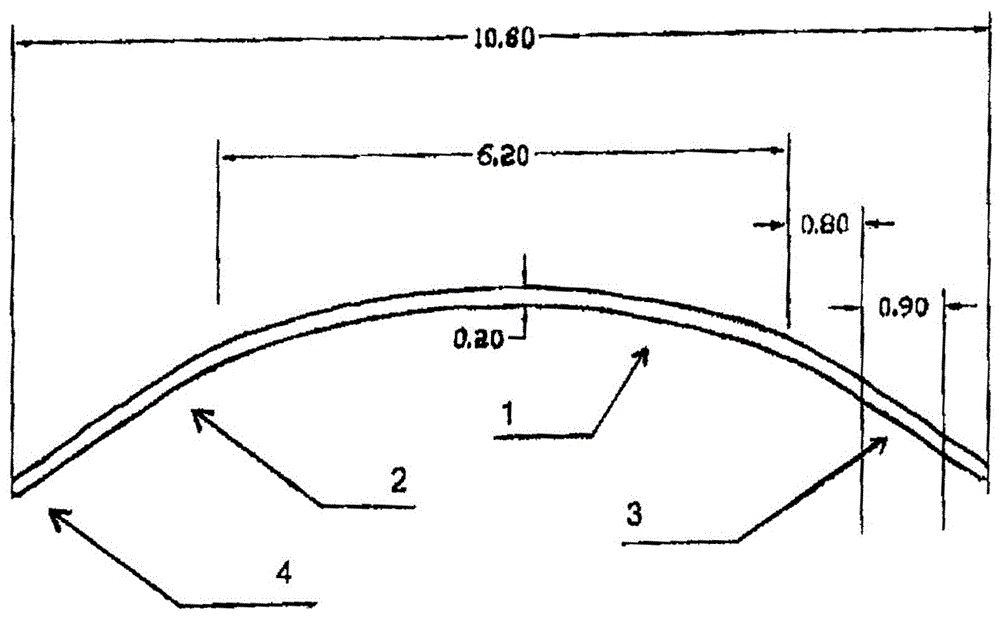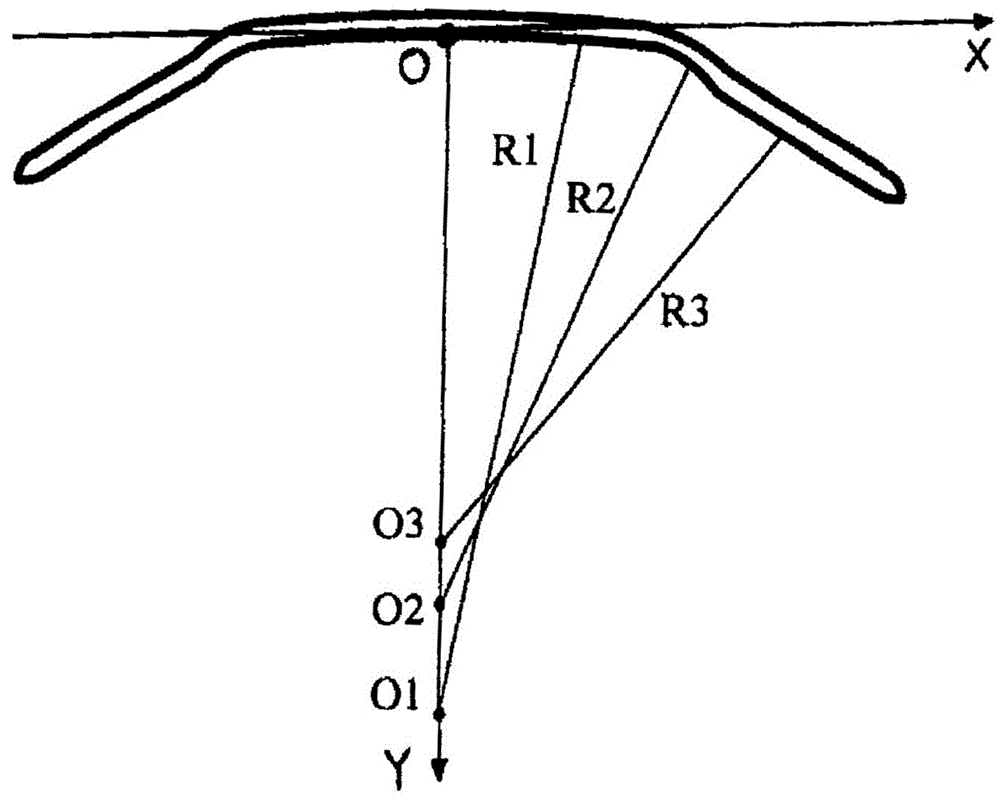Orthokeratology lens
An orthokeratology lens and arc segment technology, applied in glasses/goggles, optics, instruments, etc., can solve the problems of uneven joints, multiple chamfers, unstable refractive power difference, etc., to ensure safety and effectiveness The effect of improving the surface finish and reducing the number of joint segments
- Summary
- Abstract
- Description
- Claims
- Application Information
AI Technical Summary
Problems solved by technology
Method used
Image
Examples
Embodiment Construction
[0068] The following specific examples are only used to further explain the present invention, but the present invention is not limited to the following specific embodiments. Any changes based on these embodiments, as long as they conform to the spirit and scope of the principles of the present invention, will fall within the coverage of the patent of the present invention.
[0069] The lens thickness of the orthokeratology lens of the present invention is roughly in the range of 0.18-0.25 mm. The base arc area is the optical area of the orthokeratology lens. Its diameter is designed according to the wearer's pupil size range of 5.5-7.0 mm (for example, 6.0 mm), and the radius of curvature is 7.50-9.93 mm. It adopts zero-aberration spherical design or zero-aberration aberration Spherical design.
[0070] image 3 is a schematic longitudinal central sectional view of an orthokeratology lens according to an embodiment of the present invention. Figure 4 It is another longit...
PUM
 Login to View More
Login to View More Abstract
Description
Claims
Application Information
 Login to View More
Login to View More - R&D
- Intellectual Property
- Life Sciences
- Materials
- Tech Scout
- Unparalleled Data Quality
- Higher Quality Content
- 60% Fewer Hallucinations
Browse by: Latest US Patents, China's latest patents, Technical Efficacy Thesaurus, Application Domain, Technology Topic, Popular Technical Reports.
© 2025 PatSnap. All rights reserved.Legal|Privacy policy|Modern Slavery Act Transparency Statement|Sitemap|About US| Contact US: help@patsnap.com



